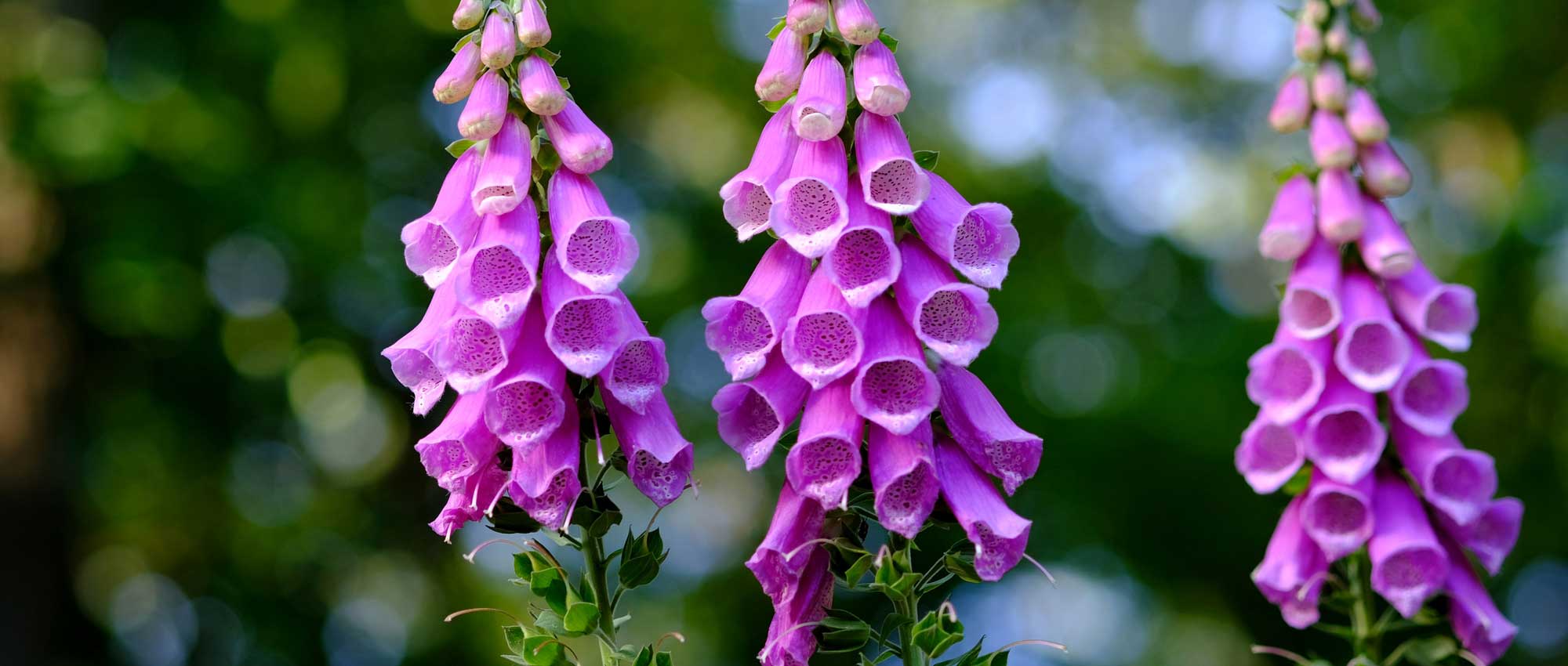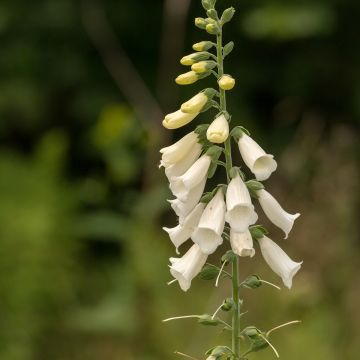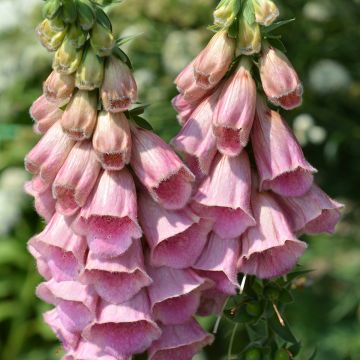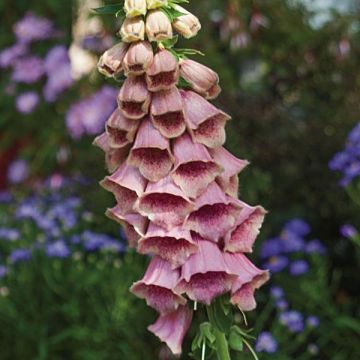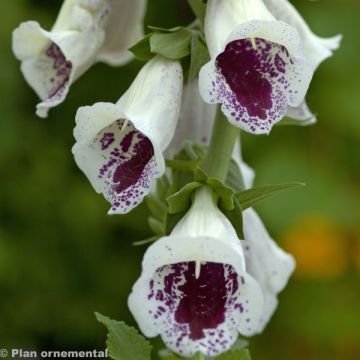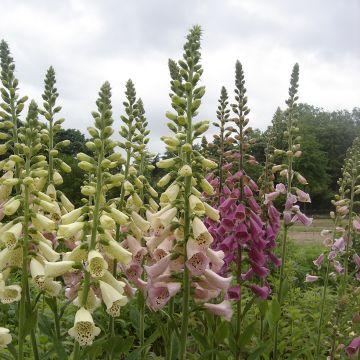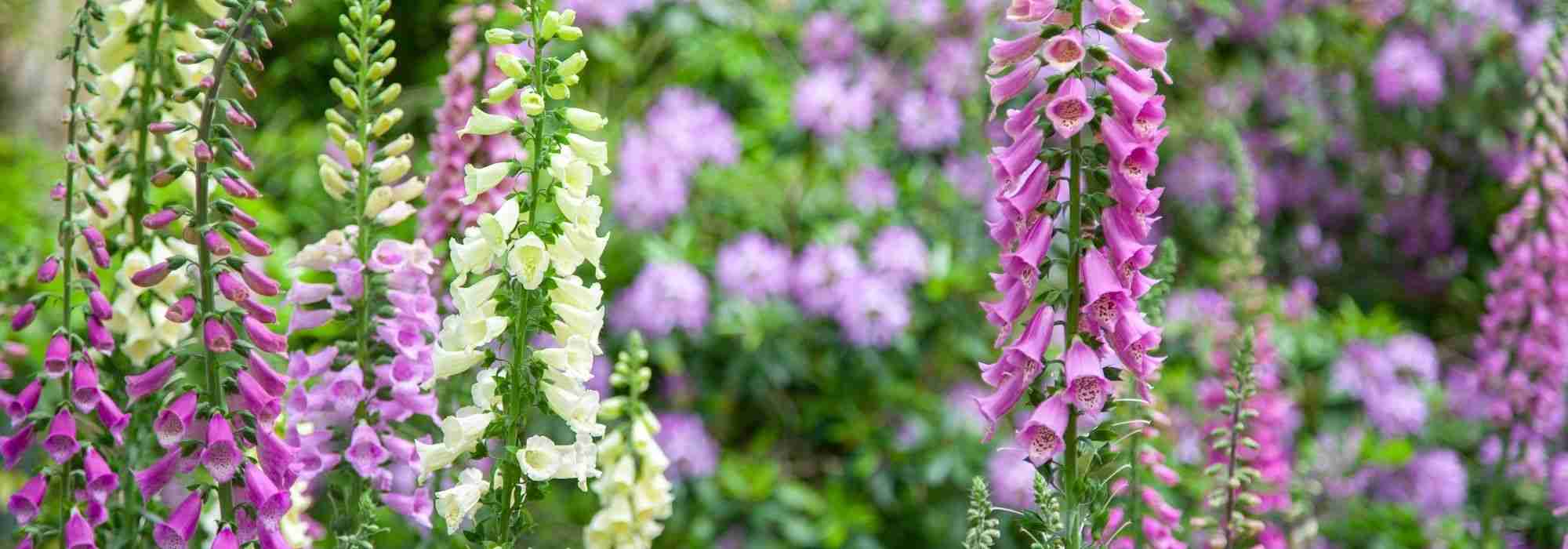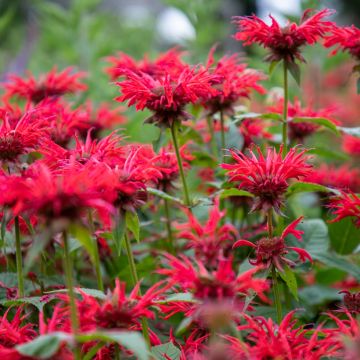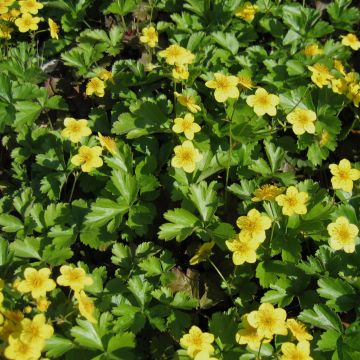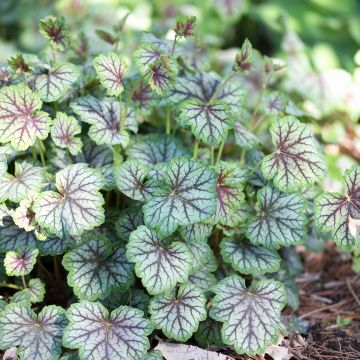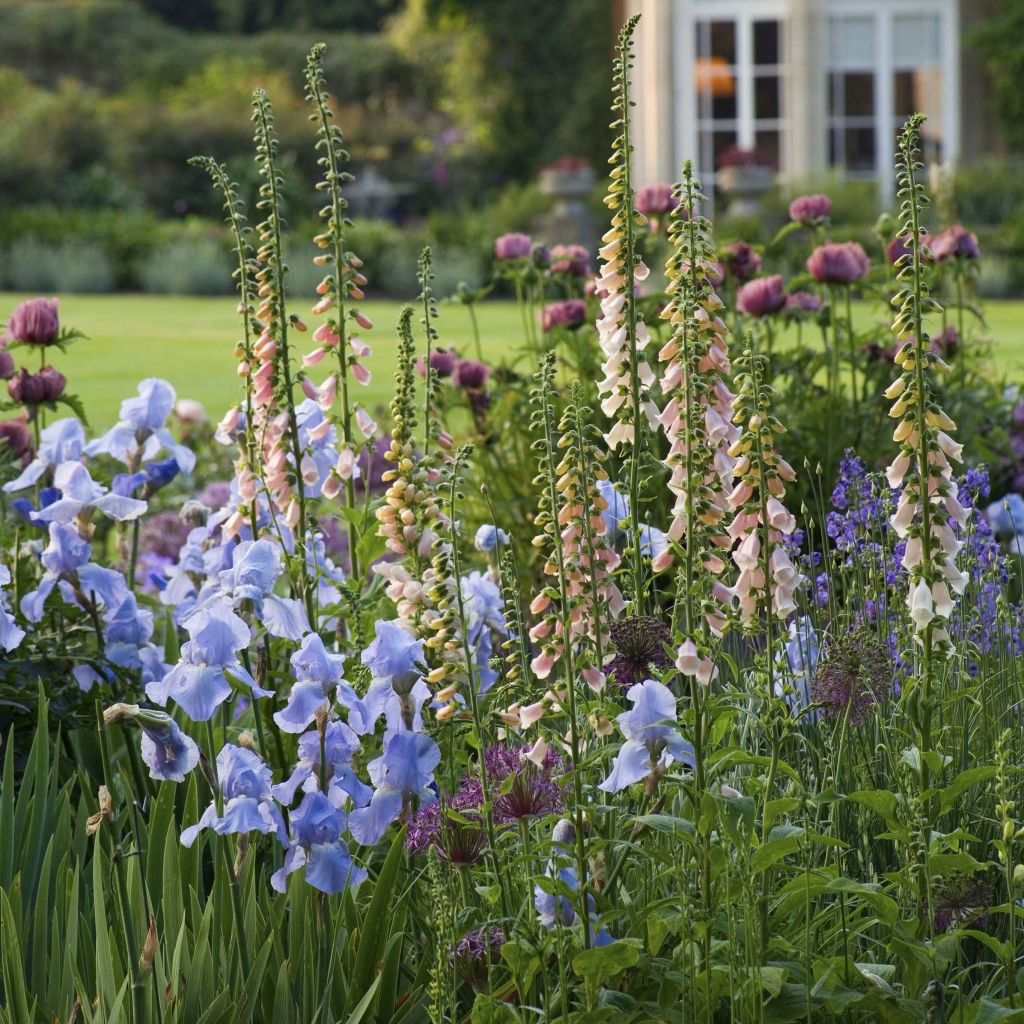

Digitalis purpurea Suttons Apricot - Foxglove
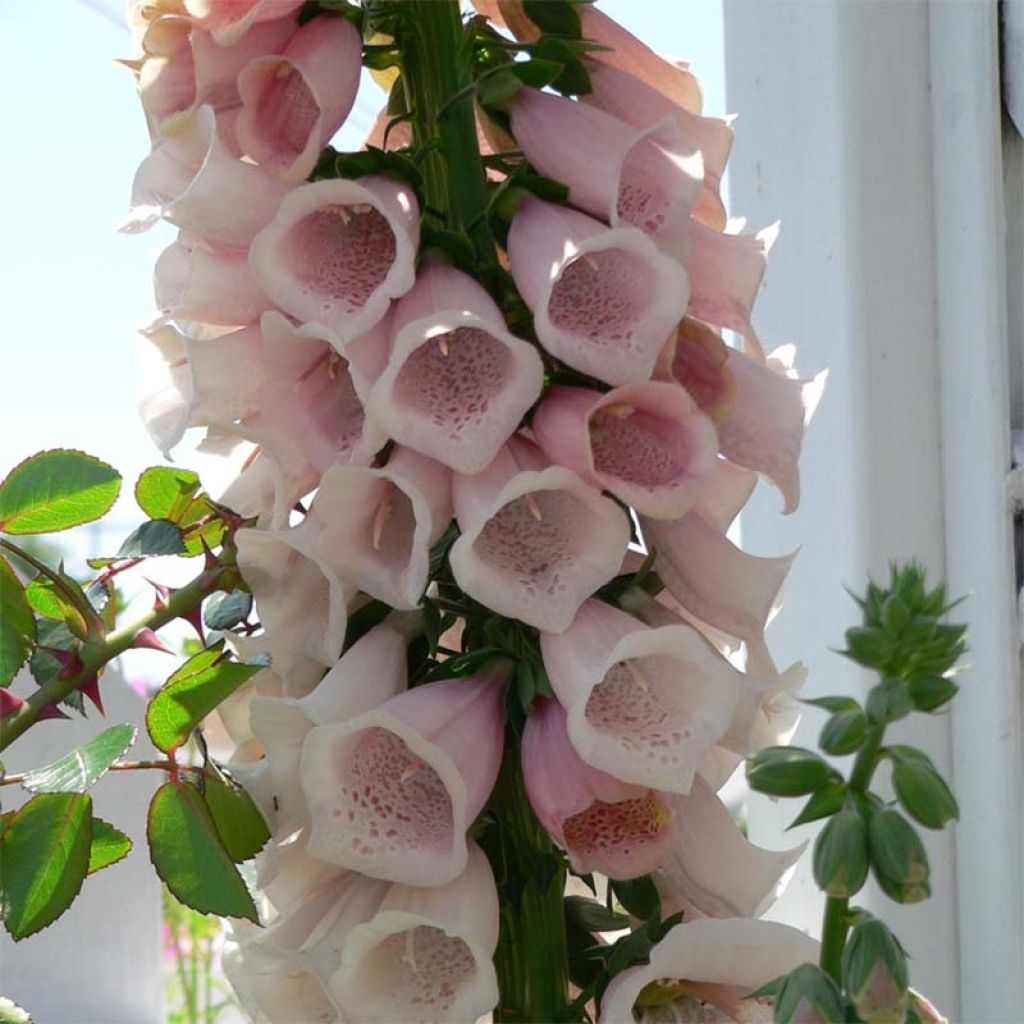

Digitalis purpurea Suttons Apricot - Foxglove
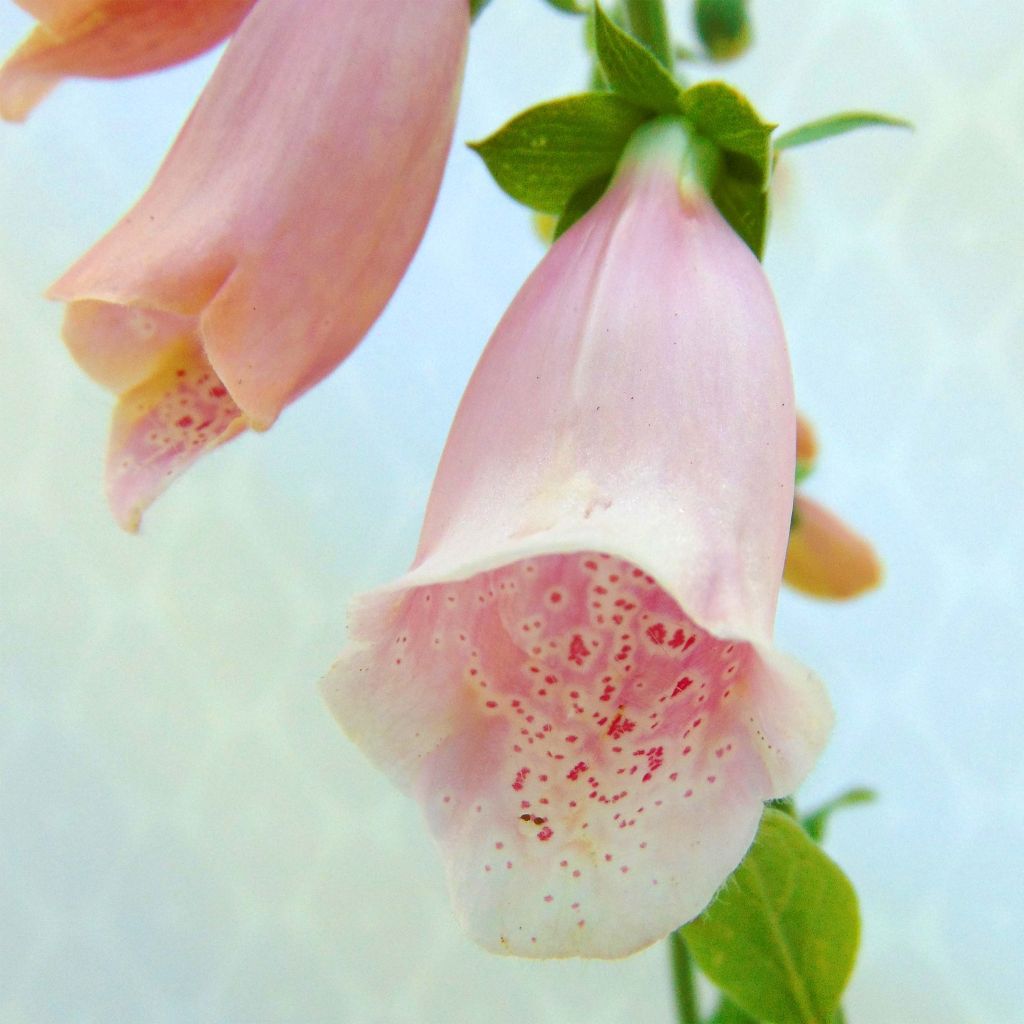

Digitalis purpurea Suttons Apricot - Foxglove
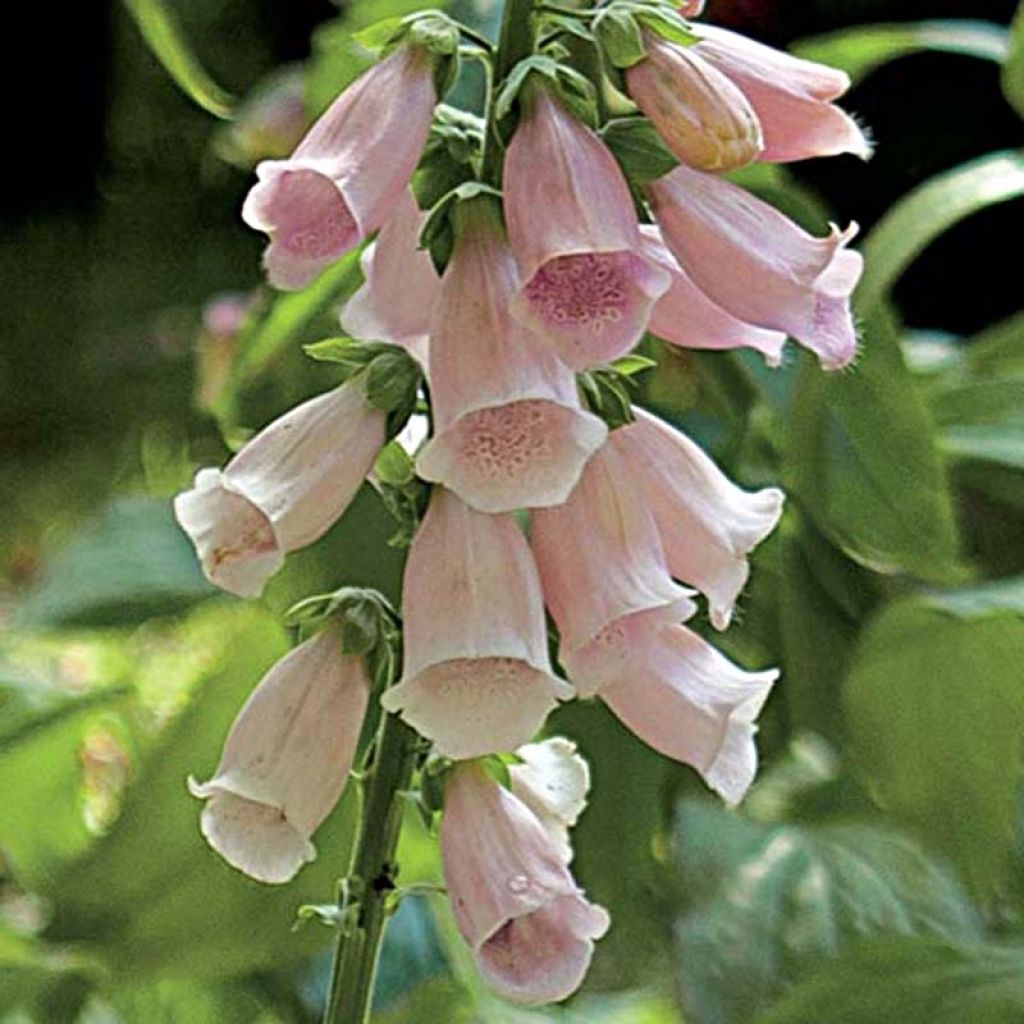

Digitalis purpurea Suttons Apricot - Foxglove
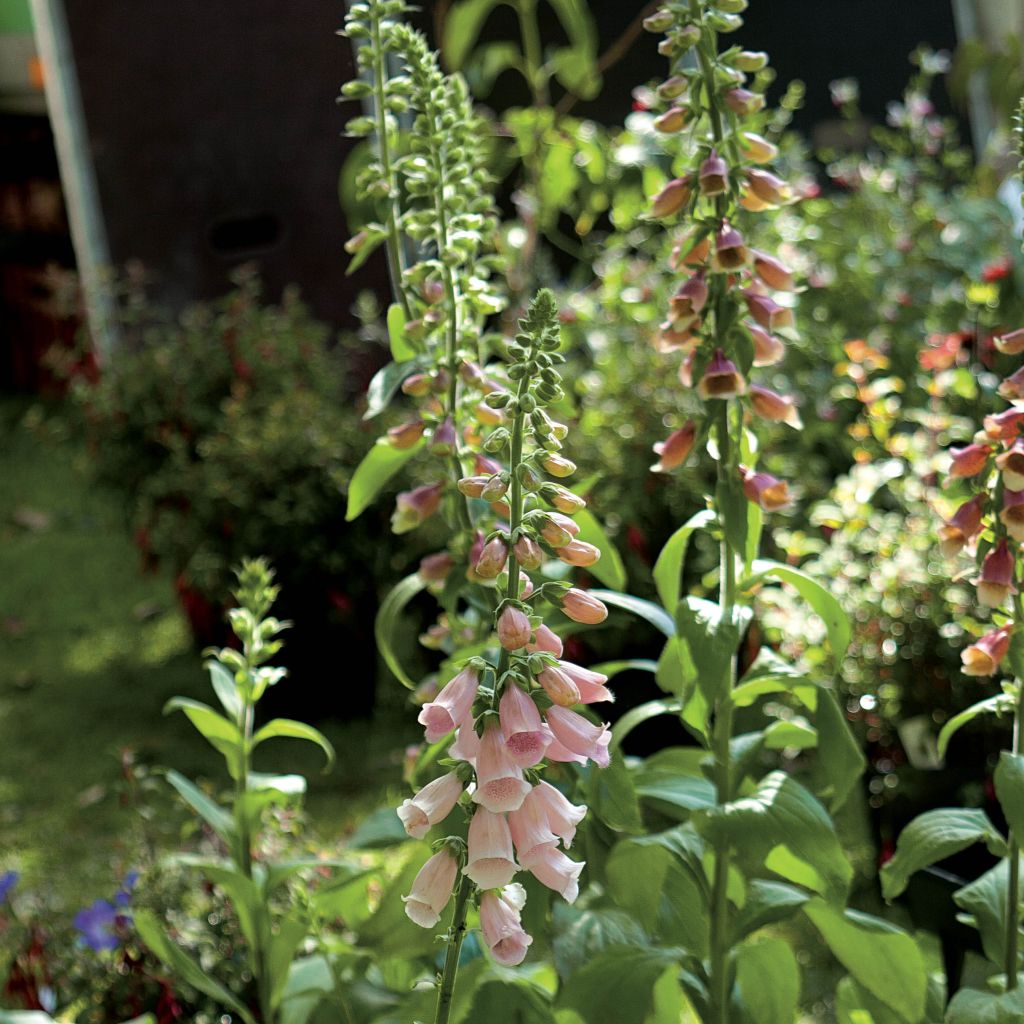

Digitalis purpurea Suttons Apricot - Foxglove
Digitalis purpurea Suttons Apricot - Foxglove
Digitalis purpurea Suttons Apricot
Foxglove, Common Foxglove, Lady's Glove
Some young plants arrived with very fine roots. I bought about twenty in total, but only about a dozen are still visible.
Isabelle, 25/10/2025
Special offer!
Receive a €20 voucher for any order over €90 (excluding delivery costs, credit notes, and plastic-free options)!
1- Add your favorite plants to your cart.
2- Once you have reached €90, confirm your order (you can even choose the delivery date!).
3- As soon as your order is shipped, you will receive an email containing your voucher code, valid for 3 months (90 days).
Your voucher is unique and can only be used once, for any order with a minimum value of €20, excluding delivery costs.
Can be combined with other current offers, non-divisible and non-refundable.
Home or relay delivery (depending on size and destination)
Schedule delivery date,
and select date in basket
This plant carries a 12 months recovery warranty
More information
We guarantee the quality of our plants for a full growing cycle, and will replace at our expense any plant that fails to recover under normal climatic and planting conditions.


Does this plant fit my garden?
Set up your Plantfit profile →
Description
Digitalis purpurea Suttons Apricot, a beautiful selection if foxglove from the English seed company Suttons, is derived from the purple foxglove found in our woodlands. A lovely nickname for these long, tender and luminous pink-apricot bell-shaped flowers, tightly packed on tall flowering stems emerging from semi-shaded areas. This large hardy biennial, or perennial if the flowers are pruned before seed formation, is a must-have in any English or romantic style garden, as it is so easy to grow in moist soil.
The Foxglove Suttons Apricot is a recent cultivar derived from the Digitalis purpurea, a plant from the Plantaginaceae family. It is a biennial to perennial herbaceous plant that develops a large rosette, 45 cm (18in) in diameter, with pubescent, dark green, serrated leaves that have a network of ridges on the underside. They are sometimes covered in light woolly hairs. In the second year, hollow but sturdy stems emerge from the rosette in May-June, reaching over 1 m (3ft) in height, bearing a very dense flower spike composed of numerous tightly packed tubular flowers that open from the bottom upwards. Each bell-shaped flower attracts a ballet of bees and bumblebees, tirelessly collecting nectar and pollen. Their colour is rare and especially captivating: a delicate washed-out apricot pink, more or less speckled and punctuated with purple. Foxgloves will surprise you by self-seeding wherever they please, although not always true to the mother plant.
Plant Foxglove Suttons Apricot in dappled sunlight or partial shade, in humus-rich and moist soil, alongside old roses or perennials with single flowers such as columbines, centaureas, astrantias or meadow rues. This robust variety, with its tall habit, will allow you to enjoy its flowering for a long time in a large pot on the patio. Magnificent, as wild as it is romantic, this foxglove will also accompany perennial geraniums, heucheras, and feathery fern foliage in light woodlands. Make the most of this flower by creating sumptuous bouquets for your home.
Digitalis purpurea Suttons Apricot - Foxglove in pictures


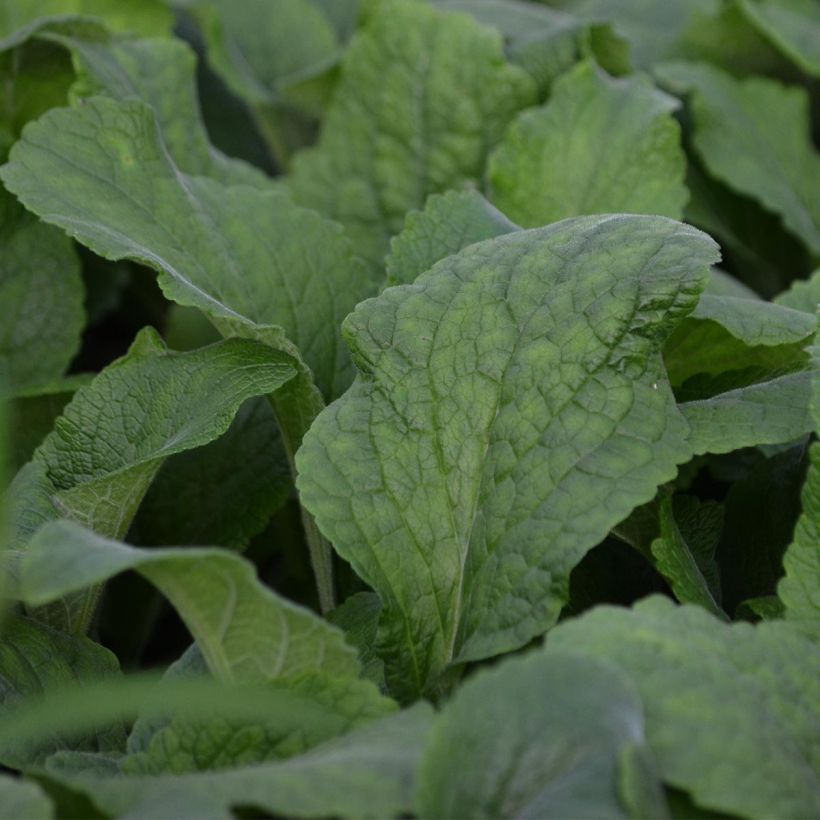

Flowering
Foliage
Plant habit
Safety measures
Botanical data
Digitalis
purpurea
Suttons Apricot
Scrophulariaceae
Foxglove, Common Foxglove, Lady's Glove
Cultivar or hybrid
ingestion
Cette plante est toxique si elle est ingérée volontairement ou involontairement.
Ne la plantez pas là où de jeunes enfants peuvent évoluer, et lavez-vous les mains après l'avoir manipulée.
Pensez à conserver l'étiquette de la plante, à la photographier ou à noter son nom, afin de faciliter le travail des professionnels de santé.
Davantage d'informations sur https://plantes-risque.info
Other Digitalis - Foxglove
View all →Planting and care
Purple foxgloves and their varieties prefer partial shade and a neutral to slightly acidic soil, which is deep, humus-rich but not too rich and not too dry or calcareous. These plants are not afraid of the root competition from old trees or perennials. They are sturdy and very hardy plants, but their lifespan is quite short. They self-seed abundantly in the garden. Some species self-seed a lot. If you don't want to be invaded, cut the flower stalks just after flowering.
Planting period
Intended location
Care
Planting & care advice
-
, onOrder confirmed
Reply from on Promesse de fleurs
Similar products
Haven't found what you were looking for?
Hardiness is the lowest winter temperature a plant can endure without suffering serious damage or even dying. However, hardiness is affected by location (a sheltered area, such as a patio), protection (winter cover) and soil type (hardiness is improved by well-drained soil).

Photo Sharing Terms & Conditions
In order to encourage gardeners to interact and share their experiences, Promesse de fleurs offers various media enabling content to be uploaded onto its Site - in particular via the ‘Photo sharing’ module.
The User agrees to refrain from:
- Posting any content that is illegal, prejudicial, insulting, racist, inciteful to hatred, revisionist, contrary to public decency, that infringes on privacy or on the privacy rights of third parties, in particular the publicity rights of persons and goods, intellectual property rights, or the right to privacy.
- Submitting content on behalf of a third party;
- Impersonate the identity of a third party and/or publish any personal information about a third party;
In general, the User undertakes to refrain from any unethical behaviour.
All Content (in particular text, comments, files, images, photos, videos, creative works, etc.), which may be subject to property or intellectual property rights, image or other private rights, shall remain the property of the User, subject to the limited rights granted by the terms of the licence granted by Promesse de fleurs as stated below. Users are at liberty to publish or not to publish such Content on the Site, notably via the ‘Photo Sharing’ facility, and accept that this Content shall be made public and freely accessible, notably on the Internet.
Users further acknowledge, undertake to have ,and guarantee that they hold all necessary rights and permissions to publish such material on the Site, in particular with regard to the legislation in force pertaining to any privacy, property, intellectual property, image, or contractual rights, or rights of any other nature. By publishing such Content on the Site, Users acknowledge accepting full liability as publishers of the Content within the meaning of the law, and grant Promesse de fleurs, free of charge, an inclusive, worldwide licence for the said Content for the entire duration of its publication, including all reproduction, representation, up/downloading, displaying, performing, transmission, and storage rights.
Users also grant permission for their name to be linked to the Content and accept that this link may not always be made available.
By engaging in posting material, Users consent to their Content becoming automatically accessible on the Internet, in particular on other sites and/or blogs and/or web pages of the Promesse de fleurs site, including in particular social pages and the Promesse de fleurs catalogue.
Users may secure the removal of entrusted content free of charge by issuing a simple request via our contact form.
The flowering period indicated on our website applies to countries and regions located in USDA zone 8 (France, the United Kingdom, Ireland, the Netherlands, etc.)
It will vary according to where you live:
- In zones 9 to 10 (Italy, Spain, Greece, etc.), flowering will occur about 2 to 4 weeks earlier.
- In zones 6 to 7 (Germany, Poland, Slovenia, and lower mountainous regions), flowering will be delayed by 2 to 3 weeks.
- In zone 5 (Central Europe, Scandinavia), blooming will be delayed by 3 to 5 weeks.
In temperate climates, pruning of spring-flowering shrubs (forsythia, spireas, etc.) should be done just after flowering.
Pruning of summer-flowering shrubs (Indian Lilac, Perovskia, etc.) can be done in winter or spring.
In cold regions as well as with frost-sensitive plants, avoid pruning too early when severe frosts may still occur.
The planting period indicated on our website applies to countries and regions located in USDA zone 8 (France, United Kingdom, Ireland, Netherlands).
It will vary according to where you live:
- In Mediterranean zones (Marseille, Madrid, Milan, etc.), autumn and winter are the best planting periods.
- In continental zones (Strasbourg, Munich, Vienna, etc.), delay planting by 2 to 3 weeks in spring and bring it forward by 2 to 4 weeks in autumn.
- In mountainous regions (the Alps, Pyrenees, Carpathians, etc.), it is best to plant in late spring (May-June) or late summer (August-September).
The harvesting period indicated on our website applies to countries and regions in USDA zone 8 (France, England, Ireland, the Netherlands).
In colder areas (Scandinavia, Poland, Austria...) fruit and vegetable harvests are likely to be delayed by 3-4 weeks.
In warmer areas (Italy, Spain, Greece, etc.), harvesting will probably take place earlier, depending on weather conditions.
The sowing periods indicated on our website apply to countries and regions within USDA Zone 8 (France, UK, Ireland, Netherlands).
In colder areas (Scandinavia, Poland, Austria...), delay any outdoor sowing by 3-4 weeks, or sow under glass.
In warmer climes (Italy, Spain, Greece, etc.), bring outdoor sowing forward by a few weeks.






























